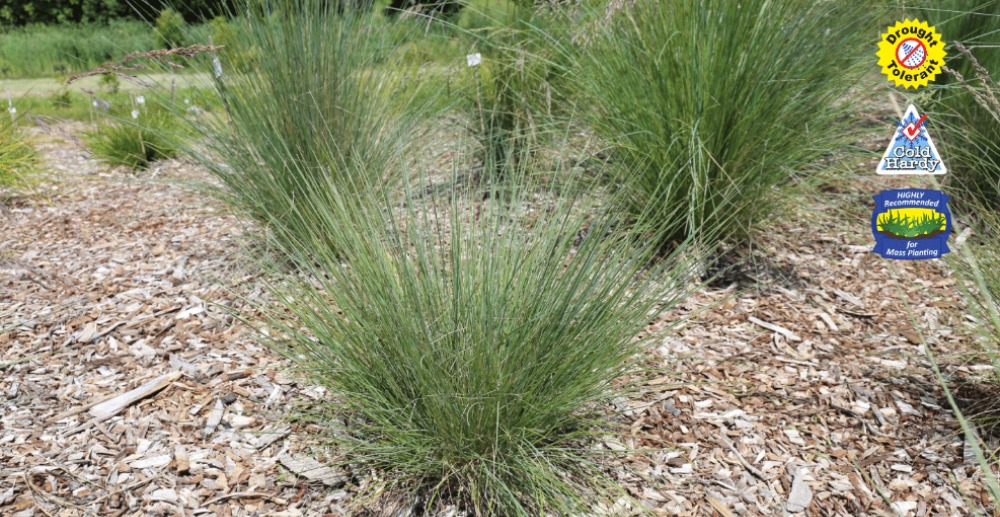Rustic™
Poa spp. ‘POL11’ ![]()
Compact, clean, & no fuss. Perfect for mass plantings.
- A low-maintenance plant
- Tidy, compact form providing clear line of sight
- Lovely green foliage
Compared to other common Poa tussock grasses, Rustic™ Poa really stands out from the crowd.
Its rustic foliage provides a unique colour contrast to other plants, which is even more enhanced by its seasonal changes. Its green toned foliage turns brown quicker than other Poas, yet it keeps living year after year provided it is cut back every year or every two years.
Being 40% more compact than Eskdale Blue™ Poa, the Rustic™ Poa is a great contrasting companion plant for low-cost Australian native grass gardens or landscapes. It benefits from a cut back due to the abundance of rustic compact foliage that gives this plant a distinct look.
Read MoreFine, green arching foliage.
Size: 45cm H x 45cm W
Planting Density: 4-10 plants per m² – 2-4 per linear metre
Best Planting Time: March – October
Uses: Roadside and mass plantings. Great as a border.
Position: Full sun to part shade. Tolerates frost & drought.
Soil Type: Wide variety of soils
Care: Water as required for 8-13 weeks until established. Cut back annually to 15cm above the ground in autumn or late winter.
Where it works: NSW, ACT, VIC, TAS, SA, & WA
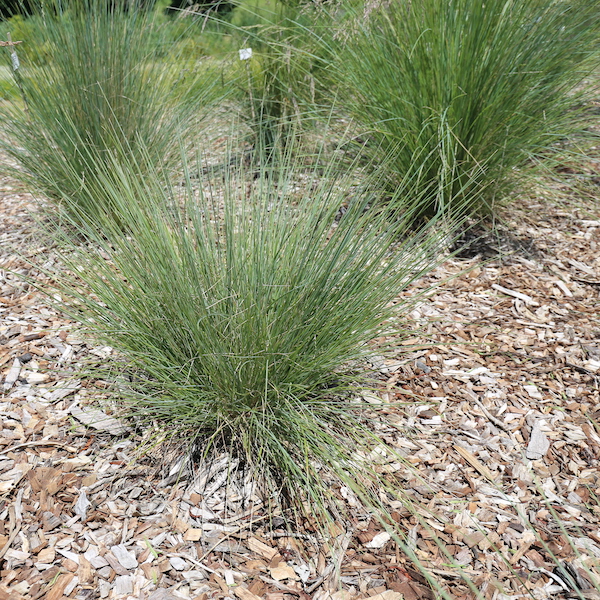

Other Suggested Varieties:
Take a look at the whole Native Grasses range to decide which plant is best for you
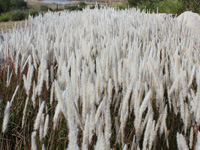
YALBA™
Imperata cylindrica ‘ICL200’ ![]()
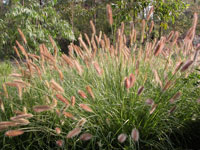
PURPLE LEA®
Pennisetum alopecuroides ‘PA400’ ![]()
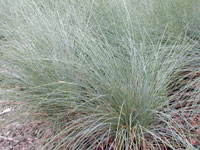
KINGSDALE™
Poa poiformis ‘PP500’ ![]()

CREAM LEA®
Pennisetum alopecuroides


